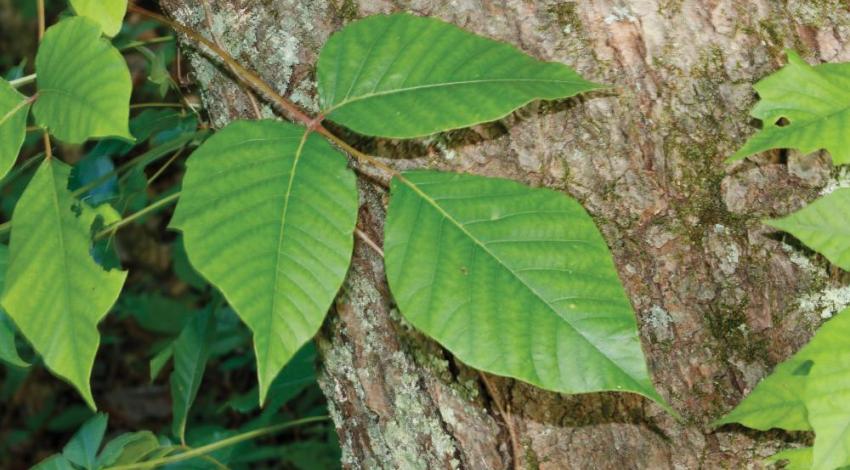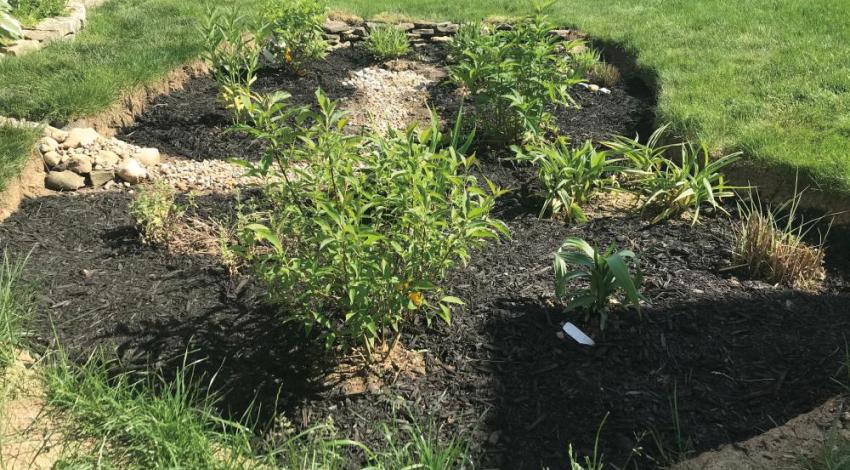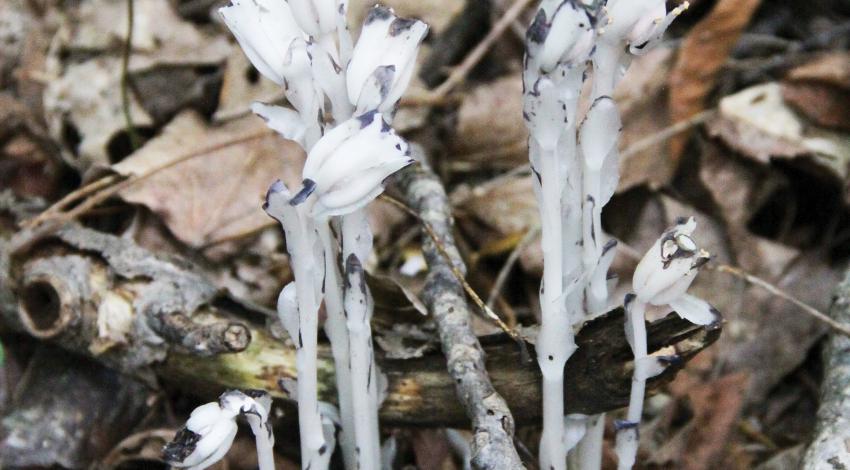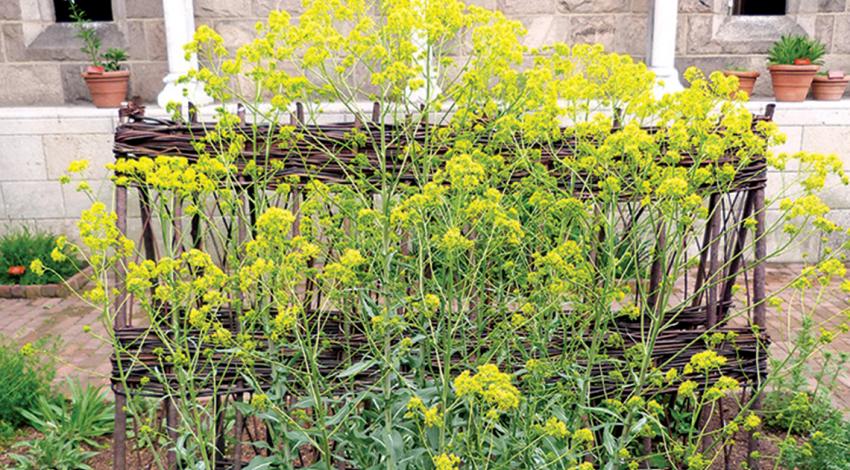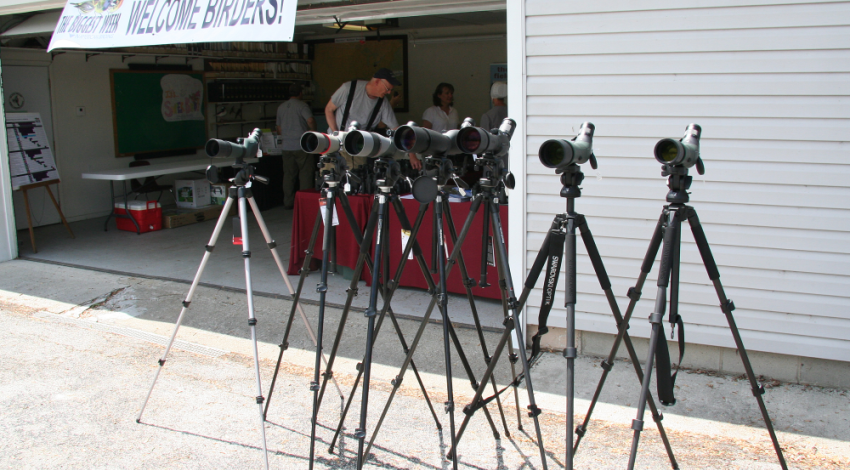If you consider yourself an outdoors person, you do know what poison ivy looks like, right?
Are you sure?
Poison ivy wears many disguises. It can appear as a single plant, a group of plants, a shrub, a ground vine, or even a climbing vine. And its infamous “leaves of three” can be as small as a 50-cent piece or as large as your hand. In addition, different-shaped leaves (actually leaflets) —their margins smooth, lobed, or toothed — can appear on the same plant.
